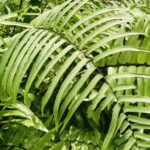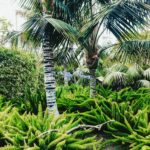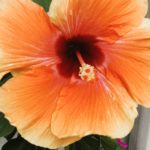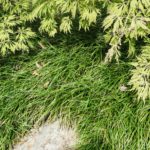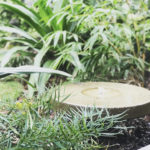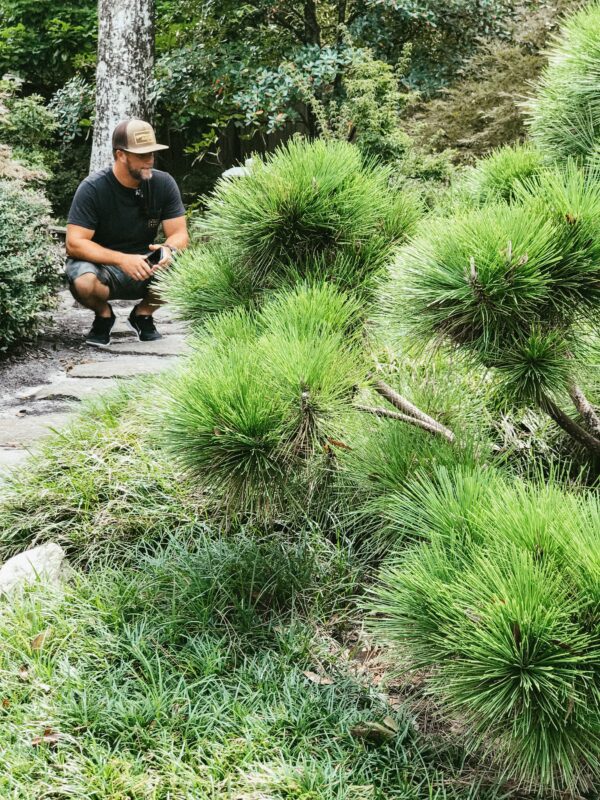
Most home gardeners and plant lovers love to argue back and forth regarding varieties of plants that can survive in their relative climate zone. I call them plant nerd fights. To be honest, I like
to listen to the older gardeners because they have many more years experience than most and can add a little experience to their theories, versus those that had a beer or two and then googled some websites one evening to get an answer. However there are always new plants being offered in retail nurseries to try out.
As a landscaper it can be frustrating to select the proper plant material for clients who seem to know what plants or style they like, without taking into account a few details from their new site. Each site is different and comes complete with natural “micro climates” or man made ones that are installed (ie hardscape areas, shadows from structures, wind blocks, proper drainage, etc). These can make planting certain plants great or create challenges.
Taking these visual cues and pairing them with soil profiles, site topography, etc can help when selecting the right plant for your property. Want a tropical-style look in front of the house and are sold on using masses of cast iron plants? Make sure there isn’t a lot of overhead direct sunlight to fry those nice leaves, even if your neighbor who gardens said it would be fine. If you HAVE to have that look and don’t want to substitute for a similar plant, see if there’s room for a large evergreen plant to be planted beforehand to provide the needed shade; get creative. This of course is just one way to address this example.
Local nurseries and some landscape professionals can offer guidance on what plants “should” work in your site. I have found in the last few years of living on the coast of Southern North Carolina (zone 8), that the weather can fluctuate dramatically during the seasons. Some winters are mild and others are really cold; some summers are bone dry while others never stop raining. With that diversity I have seen some zone 9 plants survive in protected spots here that were planted in the “perfect” spot and other plants placed in gardens that look great unexpectedly.
Just do your homework or contact a knowledgeable Landscaper before heading out to buy plants and it could end up saving you some money and extra wear and tear on your back.
